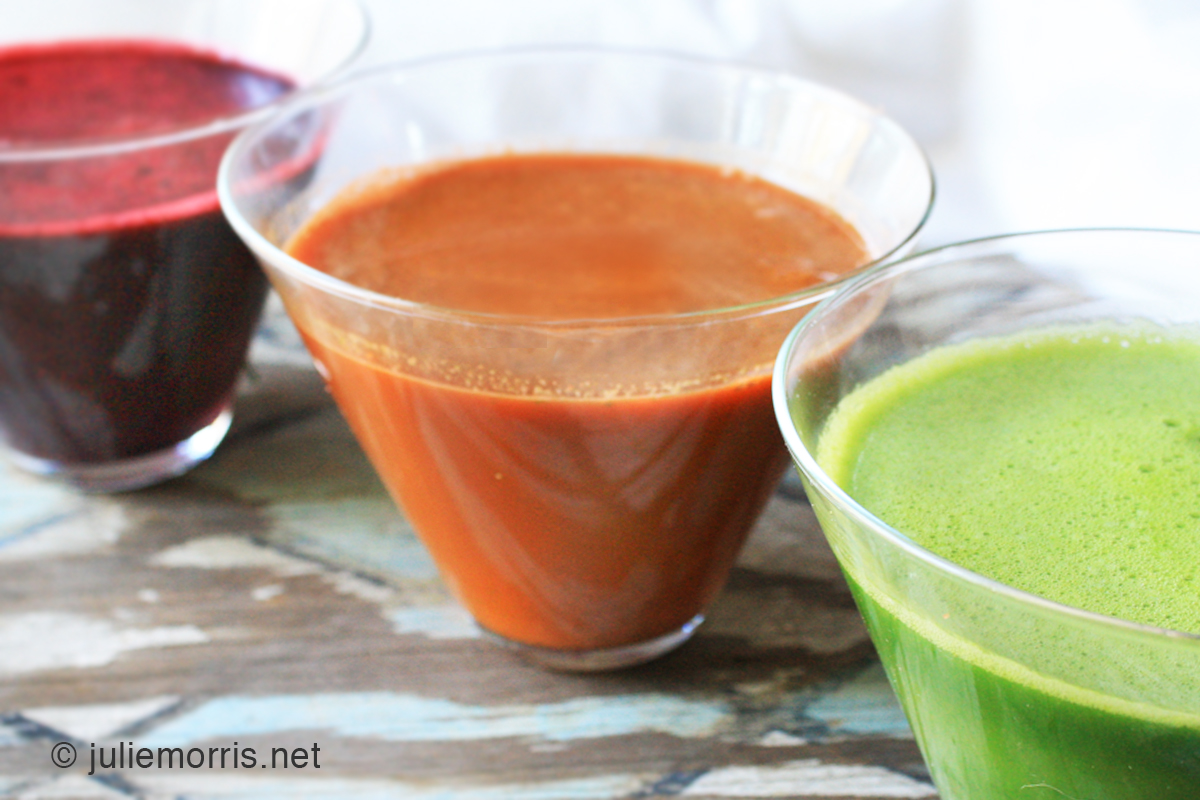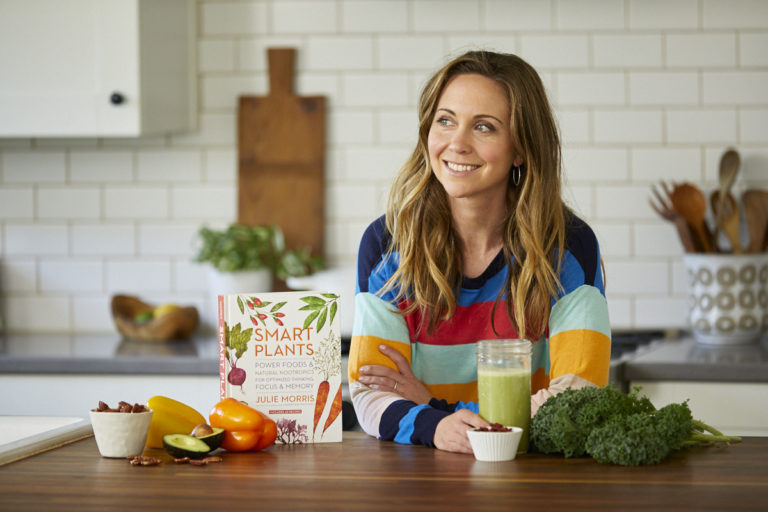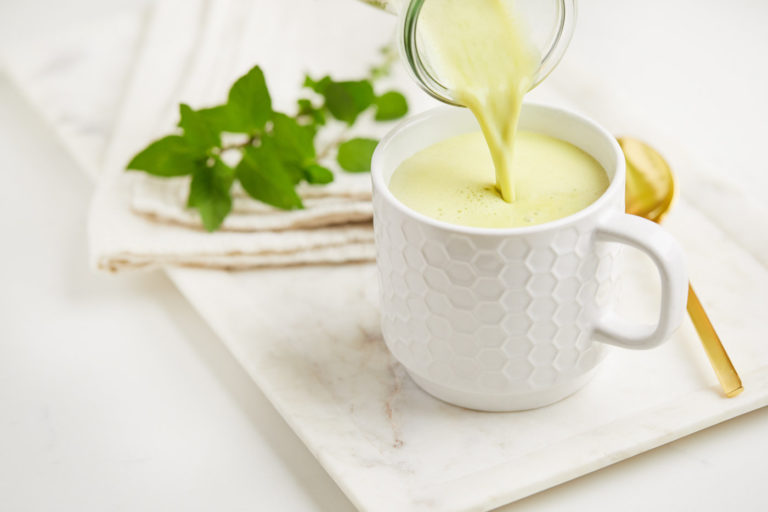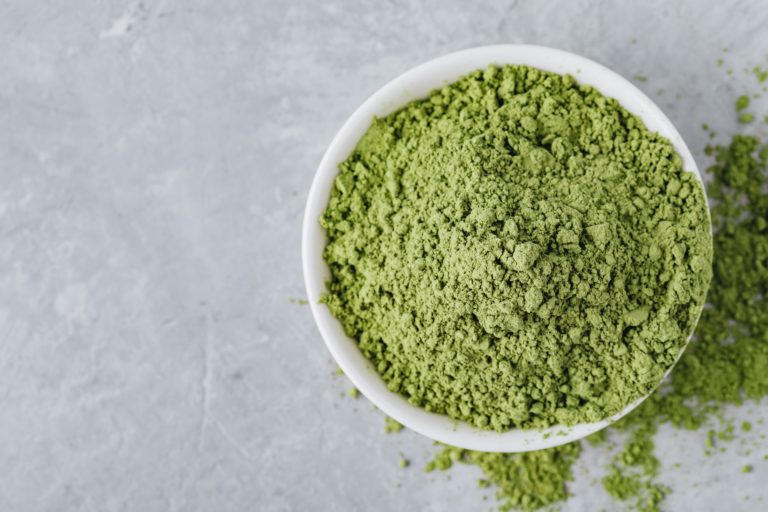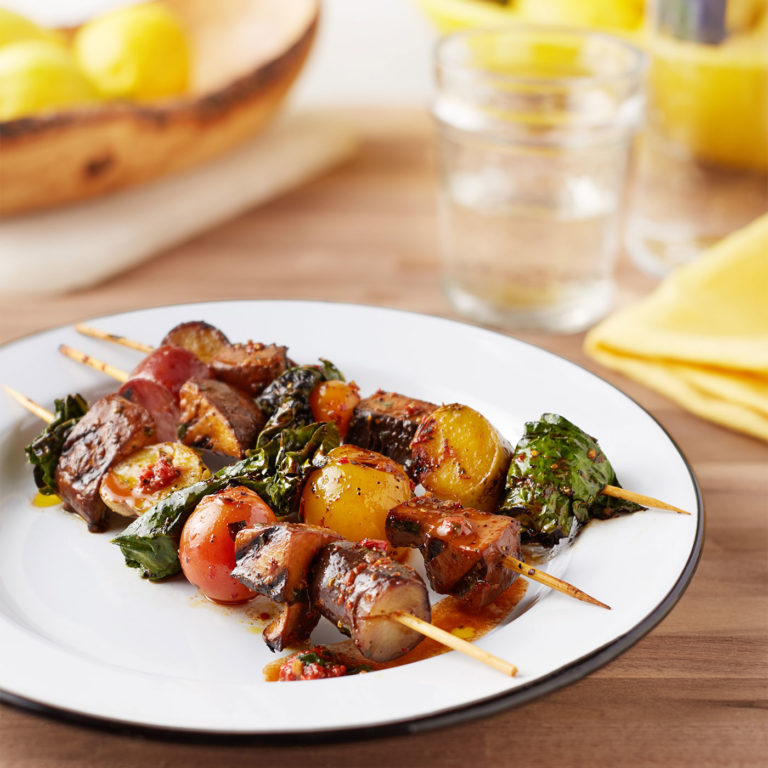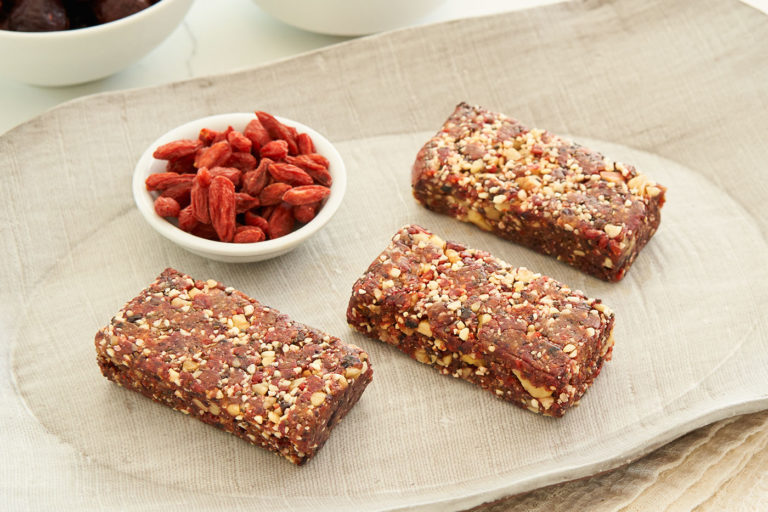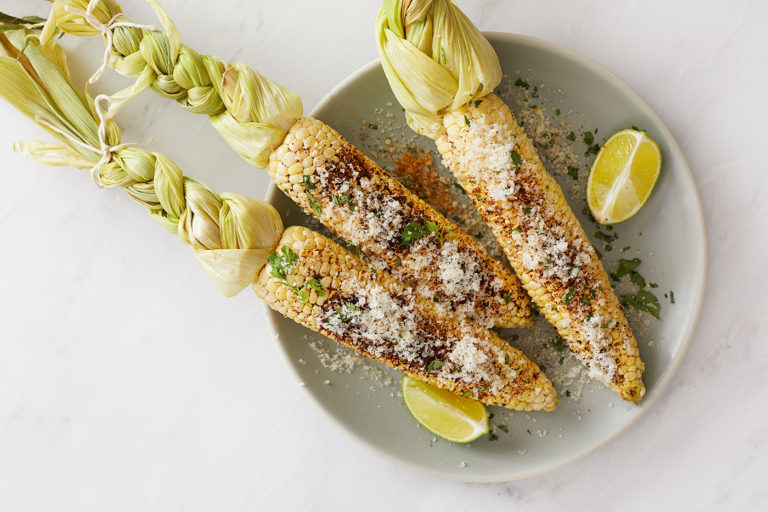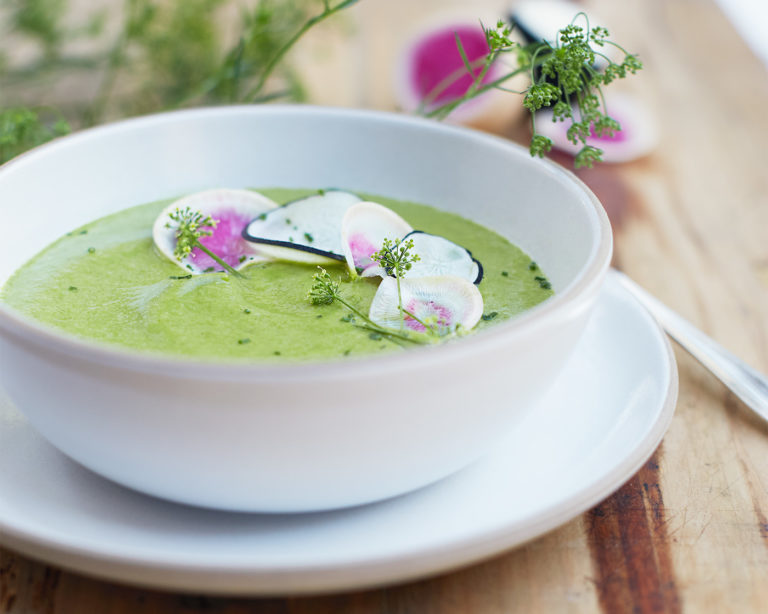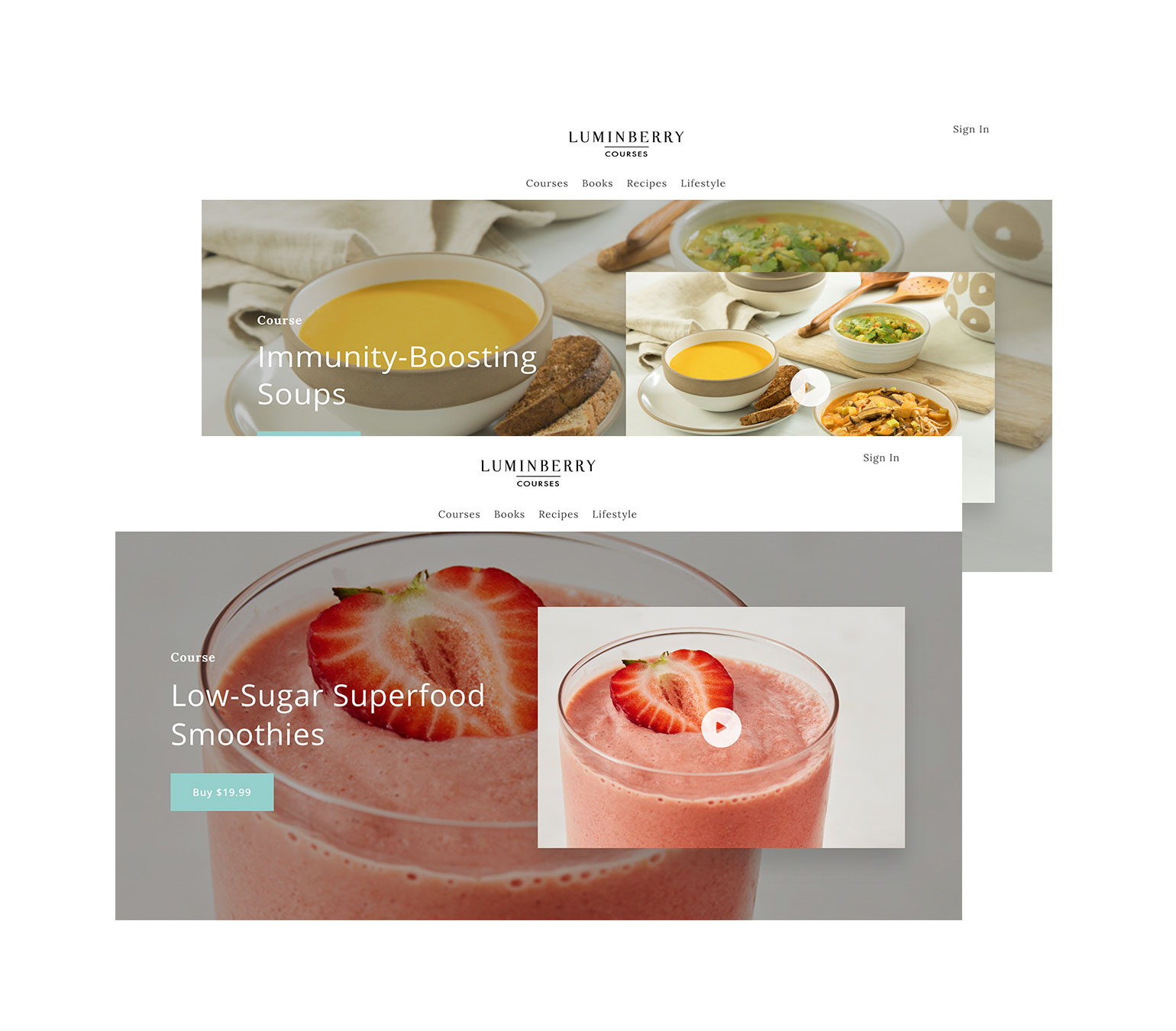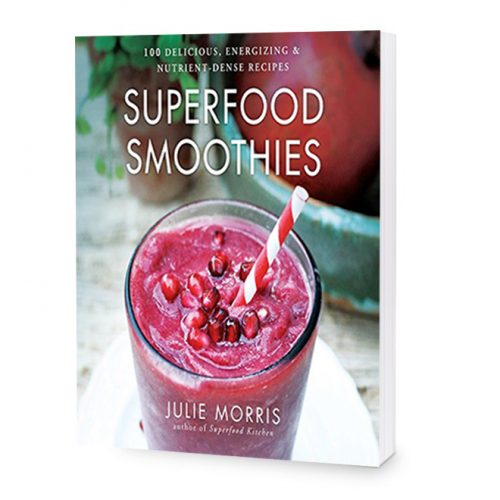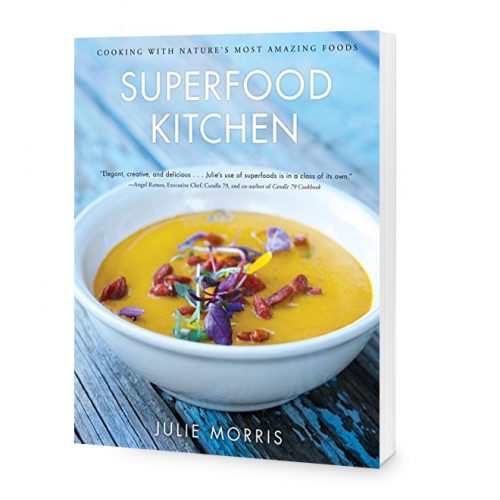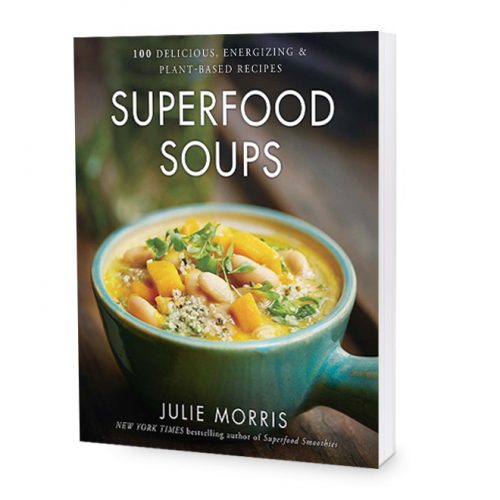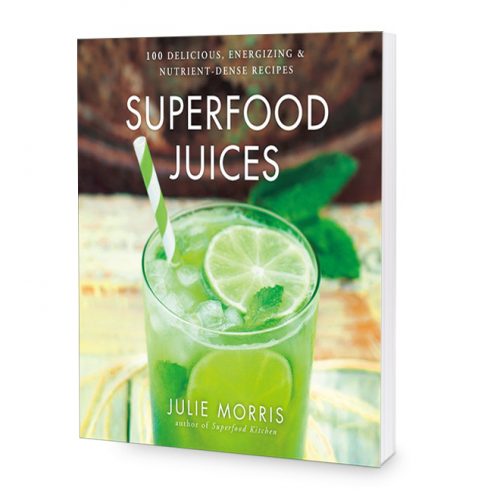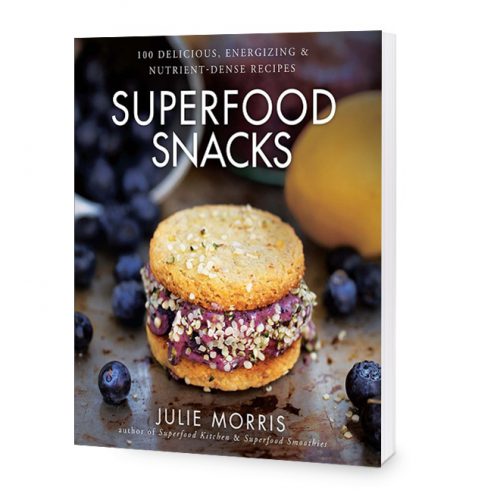As I attempted to use my time at the car repair station wisely by conducting an obsessively thorough purse clean-out, a man sitting across the waiting area struck up a conversation (much to his teenage son’s embarrassment, I should note).
“Can you believe what they put in these things?” he asked, pointing to his bottled iced tea. “All I wanted was some iced tea and I look at the can and there’s 56 grams of sugar in here.”
Cool. Yes. Glad you’re in the know.
“It’s so awful what they put in our foods these days. All this corn syrup, this sugar, in everything,” he continued.
Sure is.
“Even when you think you’re eating well you find out all this other stuff’s been hiding inside the ingredients.”
Well, the ingredients are always listed on the back of a package, but I hear ya.
“And then there’s all these people with diabetes and obesity… something’s gotta change. That’s why I . . . ”
Nice – bring it home, brother!
“That’s why I stopped drinking juice.”
Wait. What?
Whether it’s sugar, fat, carbs, protein, etc, we have a nasty habit of isolating food elements without looking at the big picture. Some people, such as my new iced tea friend, are afraid of juice because of reports claiming the sugar content in fruit juice is equivalent to soda. Unquestionably yes, juice — especially fruit juice — contains natural sugars, in particular fructose.
Yet it’s not really sugars per se that earn the Big Bad Wolf title as much as it’s those creepy empty calories that compose the food that sugars often reside in. Context is everything. In juice’s case, that “context” is a drink naturally filled with vitamins, minerals, antioxidants and other nutrients (it’s just a fruit/vegetable without the fiber). As far as the context of iced tea and soda go . . . cue the crickets.
Understanding nutrition can be very, very simple through the idea of nutrient density (the amount of “good stuff” you get per calorie). And because juice is essentially condensed nutrition (you can fit 3-4 servings of fruit or 5-6 servings of veggies in a glass), I’d unquestionably rank juice in the “premium fuel” department. General rules apply: fresh is best, veggies are better than fruit, green veggies are even better than that, and of course, with everything (say it with me): balance.
Here are a few potent juice combos I paricuarily love (you can juice them yourself at home or custom order at a juice bar):
Lean & Green: cucumber + celery + kale + spinach + lemon
Purify & Cleanse: beet + carrot + ginger + fennel + parsley
Restore & Rejuvenate: orange + coconut water + wheatgrass
Sweet & Warming: apple + burdock root + ginger + cinnamon (just dash)

